Top Ten Game-Changing Technologies Of War
Aadhya Khatri - Jun 27, 2019
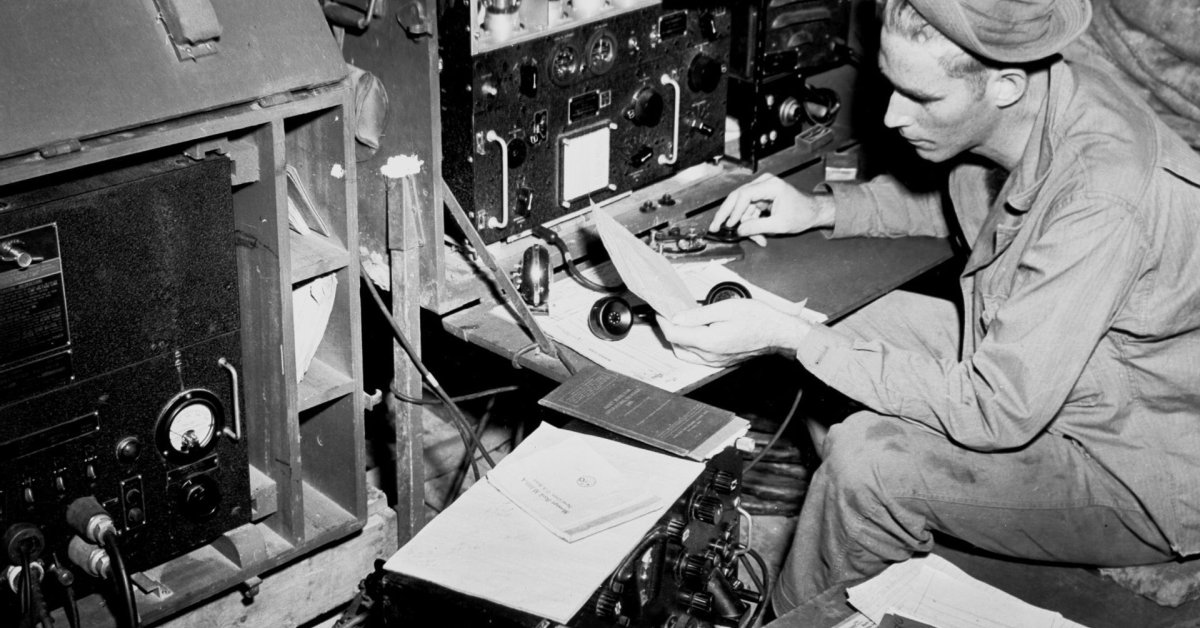
Technology has the power to make the difference between winning and losing in battles, and here are the game-changing inventions in history
- This Bullet-Guiding System Can Turn Literally Anyone Into Professional Snipers
- This Electrocution Weapon Can Paralyze You From 100 Meters Away
- Must-Watch Footage Of Laser Weapon Severely Killing A Drone
The ultimate goal of war is to win, straight and simple, but how to win is another story. When nations learned that technology could give them the edge on the battlefields, the race to make faster and more powerful weapons began.
This list will walk you through inventions having so much power that it can ensure a total victory or so horrible that even their makers got scared of them.
The Chariot - The Nightmare Of Infantry

Before the chariots, wars were fought on foot. Men came into combats slashing and stabbing each other. So at their time, chariots were like the tanks we have today.
The "firsts" of these two-wheeled vehicles were made around 3000 B.C. in Mesopotamia. They were so heavy and slow that instead of horses, they were pulled by oxen.
Centuries later, around 1800 B.C, chariots got more lightweight and had spoked wheels. Some chariots were so small in weight that a charioteer could lift it up. On each of these vehicles stood a driver and an archer, making it a real war machine.
For infantry, these chariots meant nightmare. Charioteers could shoot arrows at them or even ran over them with the vehicles.
Gunpowder - An Accidental Invention Of The Chinese

Gunpowder appeared at about 800 A.D when the Chinese made it by accident while they were trying to brew immortality portion. In four centuries, they came up with the early versions of everything exploding we have now, like bombs, guns, and cannons.
Gunpowder was what took down the three layers of walls of the Constantinople. This city was the main reason why the Byzantine used to be unstoppable. The Turks used a 26-foot cannon stuffing with gunpowder to took down the walls, putting an end to the Byzantine empire.
Rifled Gun Barrels - The Key To Shoot Straight
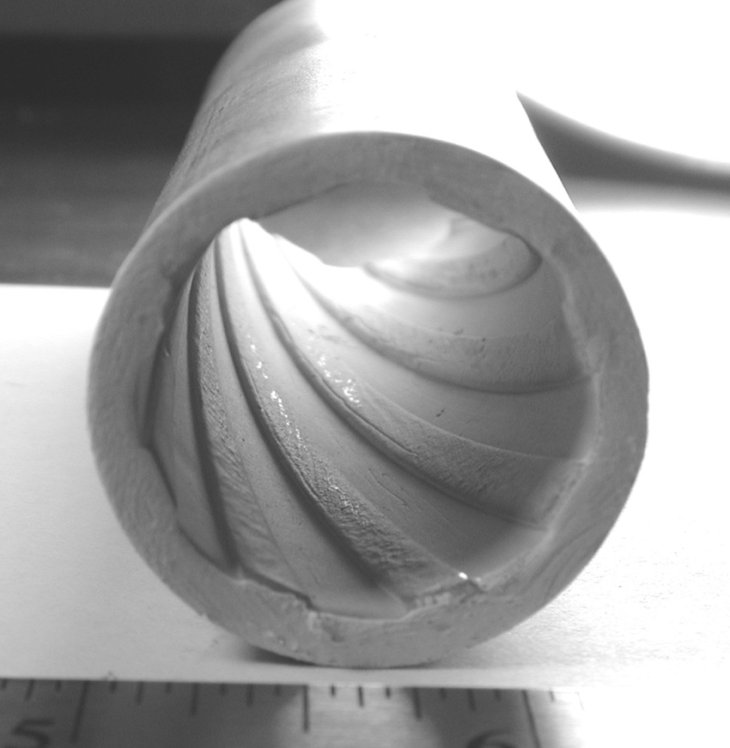
Guns used to have smooth barrels so when soldiers took a shot, the bullet would fly in an unexpected direction. Back then, soldiers had to stand almost face to face and shot each other. From the 1800s, rifled guns started to have grooved barrels, enabled them to shoot straight.
Internal Combustion Engine - The Machine That Powers Wars
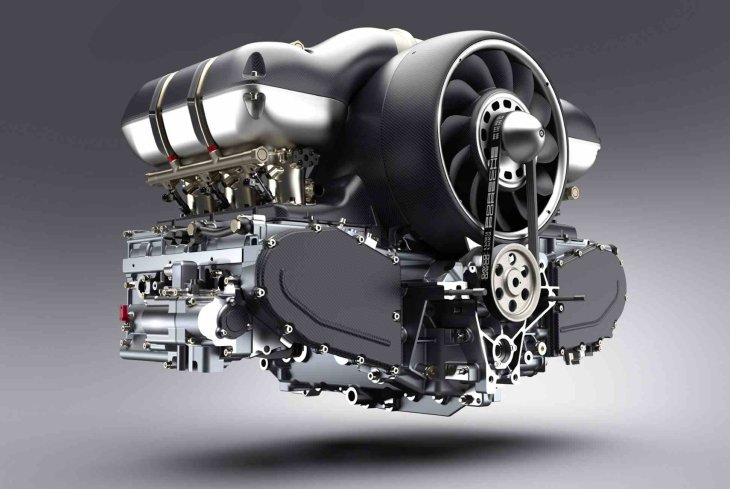
An engine is not exactly something that can directly cause mass destruction, but if you imagine battles without it, you will see its role in warfare. Without internal combustion engines, we would have no tank, truck, airplane, helicopter, jet, submarine, or ballistic missile.
The engine has changed forever the range and speed of wars. A prime example was how the first ballistic missile, the German V-2, destroyed a target located 200 miles away in just five minutes.
Airplanes - War In The Sky
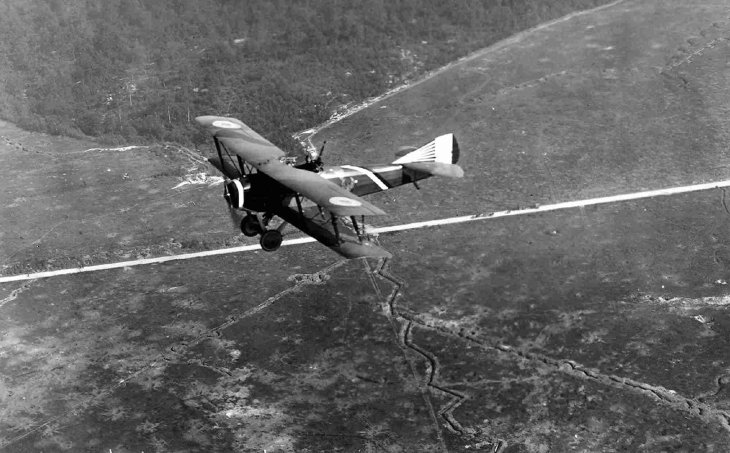
With airplanes, wars were brought to the sky.
While fighting Turkey in 1911, the Italians sent airplanes to find and bomb their opponents. This way, fewer soldiers had to engage in assaults, but civilians were at danger too.
A notorious example of the power airplanes is how the U.S bombed Japan with the atomic bomb that took the lives of over 100,000 civilians and injured thousands more.
Radio - The Revolution Of Communication In War

Before radio, commanders gave orders via riders, runners, pigeons, and flags. Even Napoleon forgot about some troops in the battle of Jena with this kind of communication.
In World War II, short-wave radios enabled tanks, airplanes, and ships to send messages over 150 miles. This kind of communication link was the key in the German "blitzkrieg" technique, which involved planes providing cover for tanks to break through enemy lines. To achieve harmony in action, soldiers and pilots needed the radio to communicate. This technique helped the Germans conquered Belgium and the Netherlands in just ten days.
Microwave Radar - Spotting Enemies From Afar

Microwave radar has the power to change the offense and defense in wars. Before it, watching for enemies meant having a soldier with field glasses. When he saw the opponent’s airplane, he would call the commander. However, this method would be of no use if it was a cloudy day.
The first radar was built in 1939, and in 1940, Britain would have been in big trouble without this technology. Thanks to the radars, British commanders were aware of German planes nearby to bomb the island. They then sent airplanes to take down the attackers.
Nuclear Weapons - The Most Horrible Weapon To Date
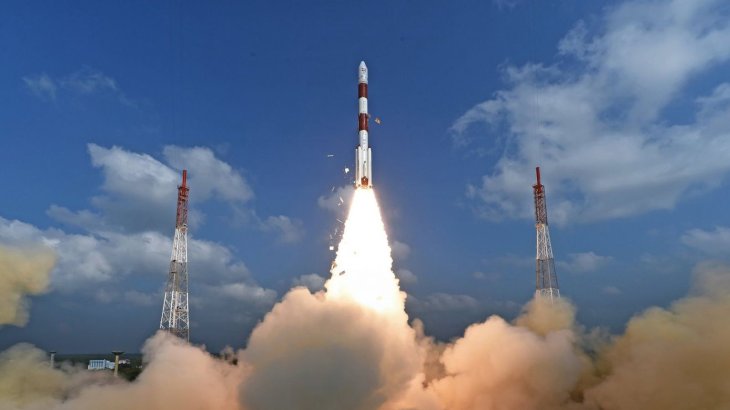
Nuclear weapons were used on people twice, but the consequences were so horrible that everyone agreed on the mass destruction it is capable of.
However, some nations still stock these weapons for the deterrent purpose, or at least that is what they said.
Spy Satellites - Spying On Enemies From Space
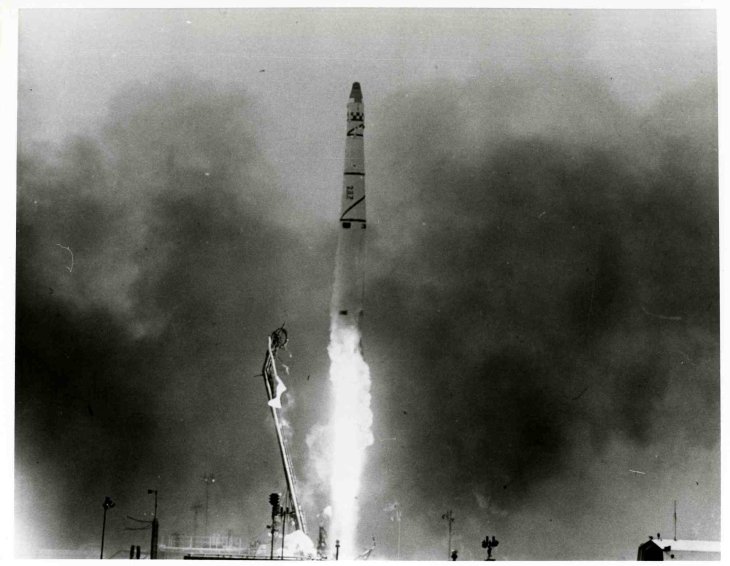
When you know that your enemy has nuclear weapons, you may want to spy on them too see how far they have reached.
In 1959, the U.S sent the Discoverer 4, the first satellite with cameras to space but it did not make it to orbit. However, in 1940, the Discoverer 14 succeeded in sending back photos.
Global Positioning System - Making The World A Giant Accessible Map
Thanks to GPS, the world is now an accessible map. A soldier needs only a receiver to find the way around a foreign land or in the dark.
For the offensive purpose, GPS can also be of great help. If a soldier encounters the enemy, he or she can record the position and send the information to commanders, airplanes, and about 500 other soldiers.
The Gulf War is a prime example of how GPS could change the face of war. The Americans, with GPS receivers, could navigate in dust storms and at night, meaning they always knew their own locations and the whereabouts of the enemy.
Thanks to GPS, air strikes are more accurate tô. Satellites map the targets and guide missiles or bombs to the right spot. The technology can minimize civilian casualties and collateral damage. Now, outside of wars, we even rely heavily on GPS in everyday life.
Featured Stories

Features - Jul 01, 2025
What Are The Fastest Passenger Vehicles Ever Created?

Features - Jun 25, 2025
Japan Hydrogen Breakthrough: Scientists Crack the Clean Energy Code with...

ICT News - Jun 25, 2025
AI Intimidation Tactics: CEOs Turn Flawed Technology Into Employee Fear Machine

Review - Jun 25, 2025
Windows 11 Problems: Is Microsoft's "Best" OS Actually Getting Worse?

Features - Jun 22, 2025
Telegram Founder Pavel Durov Plans to Split $14 Billion Fortune Among 106 Children

ICT News - Jun 22, 2025
Neuralink Telepathy Chip Enables Quadriplegic Rob Greiner to Control Games with...

Features - Jun 21, 2025
This Over $100 Bottle Has Nothing But Fresh Air Inside

Features - Jun 18, 2025
Best Mobile VPN Apps for Gaming 2025: Complete Guide

Features - Jun 18, 2025
A Math Formula Tells Us How Long Everything Will Live

Features - Jun 16, 2025
Comments
Sort by Newest | Popular